Home>Maintenance & Safety>Pest Control Solutions>How To Get Rid Of Yellow Jackets?
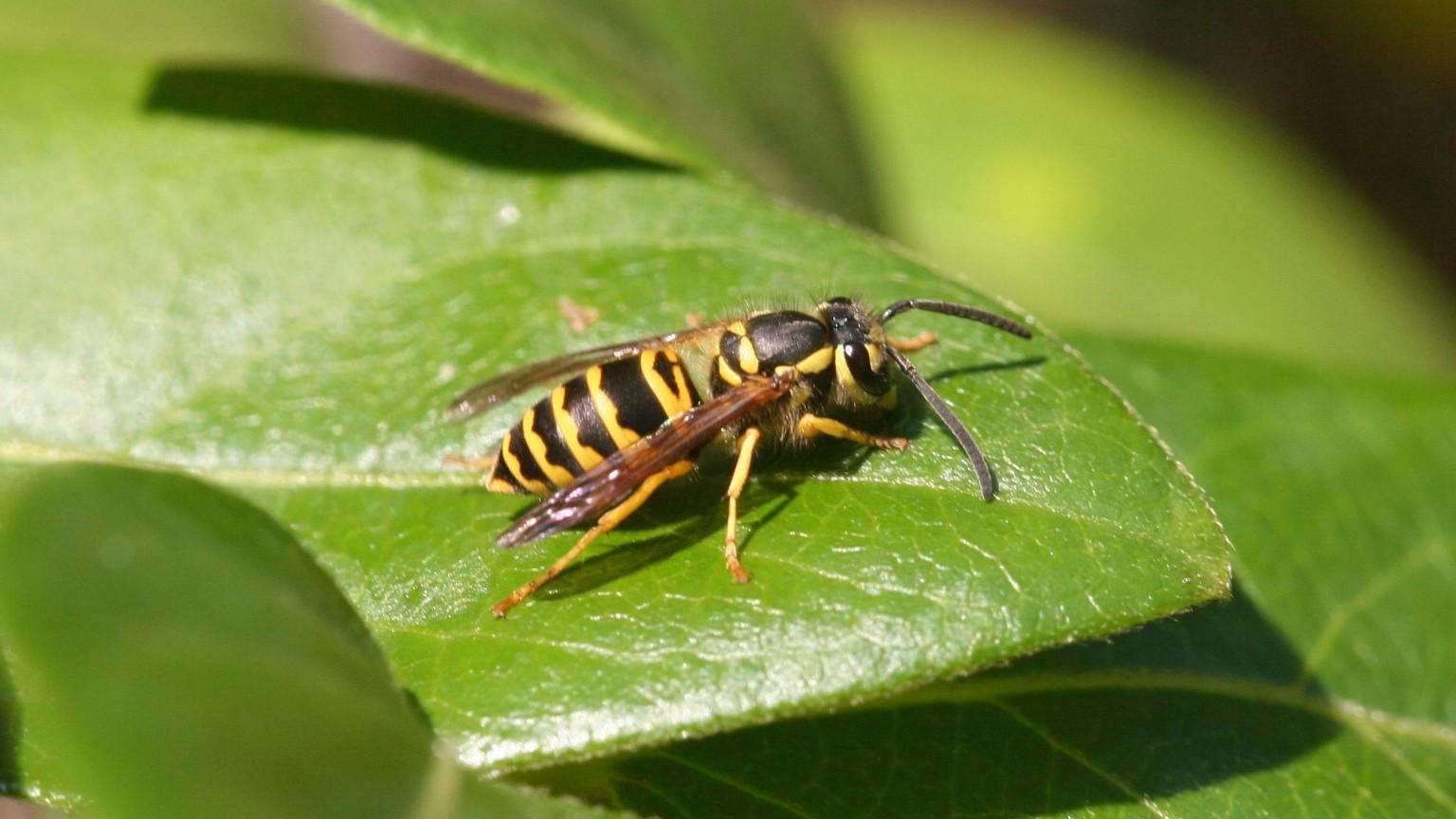

Pest Control Solutions
How To Get Rid Of Yellow Jackets?
Modified: March 2, 2024
Looking for effective pest control solutions to get rid of yellow jackets? Discover expert tips and methods to eliminate these pests quickly and safely.
(Many of the links in this article redirect to a specific reviewed product. Your purchase of these products through affiliate links helps to generate commission for Storables.com, at no extra cost. Learn more)
Introduction
Yellow jackets, known for their distinctive yellow and black markings, are a common sight during the warmer months. These aggressive insects are a type of wasp that can pose a threat to humans and pets, especially when their nests are disturbed. Understanding how to effectively manage and eliminate yellow jacket infestations is crucial for maintaining a safe and comfortable environment.
In this comprehensive guide, we will explore various methods for identifying, locating, and safely removing yellow jacket nests. Additionally, we will delve into natural and commercial approaches to eradicating these pests, as well as strategies for preventing their return. By gaining insight into these techniques, you can protect your home and outdoor spaces from the nuisance and potential danger posed by yellow jackets.
Whether you've encountered these stinging insects in your backyard, near your home's entryways, or within your garden, it's essential to address the issue promptly and effectively. With the information provided in this guide, you'll be equipped with the knowledge and tools necessary to tackle yellow jacket infestations with confidence and ensure a pest-free environment for you and your loved ones.
Key Takeaways:
- Identifying and locating yellow jacket nests is crucial for effective removal. Look for buzzing sounds, observe their daytime movements, and consider professional assistance for safe and targeted nest removal.
- Preventing yellow jackets from returning involves sealing entry points, managing food and waste, inspecting for nests, modifying landscaping, and seeking professional nest removal. These proactive measures ensure long-term protection against yellow jackets.
Read more: How To Get Rid Of Yellow Jackets In Wall
Identifying Yellow Jackets
Yellow jackets, scientifically classified as Vespula and Dolichovespula, are predatory wasps known for their distinctive yellow and black markings. These aggressive insects are often mistaken for bees due to their similar appearance, but they possess a sleeker and more defined body shape. Understanding the key characteristics of yellow jackets is essential for accurately identifying and addressing infestations.
Physical Attributes
Yellow jackets typically measure around 10-16mm in length, with a slender and elongated body. Their vibrant yellow and black coloration sets them apart from other flying insects, making them easily recognizable. Unlike bees, yellow jackets have a smooth body texture and lack the characteristic hairy appearance associated with their counterparts.
Nesting Behavior
These wasps are known for constructing intricate paper-like nests, often found in underground burrows, hollow trees, or within wall cavities. The nests are composed of chewed wood fibers mixed with saliva, resulting in a durable and protective structure. Yellow jacket nests can vary in size, with some reaching the dimensions of a basketball, accommodating thousands of individuals.
Foraging Patterns
Yellow jackets are opportunistic hunters and scavengers, preying on a wide range of insects, spiders, and even human food sources. Their scavenging behavior often leads them to outdoor gatherings, garbage bins, and picnic areas, where they scavenge for sweet substances and protein-rich foods. This foraging behavior can result in unwelcome encounters with humans, particularly during outdoor activities.
Read more: How To Get Rid Of Yellow Jackets In Siding
Aggressive Nature
One of the most notable traits of yellow jackets is their aggressive and territorial behavior, especially when their nests are threatened. Unlike bees, which typically sting once and then die, yellow jackets can sting multiple times, making them a formidable threat when provoked. Their defensive nature and ability to release alarm pheromones can lead to swarming behavior, posing a significant risk to individuals in close proximity.
By familiarizing yourself with these distinguishing features and behaviors, you can accurately identify yellow jackets and take appropriate measures to manage and eliminate their presence effectively. Recognizing the signs of a yellow jacket infestation is the first step towards implementing targeted strategies for their removal and ensuring a safe environment for yourself and your surroundings.
Locating Yellow Jacket Nests
Locating yellow jacket nests is a crucial step in effectively addressing infestations and minimizing potential risks. These nests, often concealed in various outdoor locations, serve as the central hub for yellow jacket activity and reproduction. By identifying the nesting sites, individuals can implement targeted removal strategies and reduce the likelihood of unexpected encounters with these aggressive insects.
Visual Inspection
Conducting a visual inspection of your property is the initial approach to pinpointing yellow jacket nests. Keep an eye out for areas where yellow jackets frequently congregate, such as near eaves, under decks, within shrubbery, or along fence lines. Additionally, observe the behavior of yellow jackets as they enter and exit potential nesting sites, as this can provide valuable clues regarding the location of their nests.
Daytime Observations
Yellow jackets are most active during the daytime, making it an opportune period to observe their movements and identify potential nesting areas. Take note of their flight paths and patterns, as these can lead you to the vicinity of their nests. By remaining observant and patient, you can gain insights into the primary locations where yellow jackets are entering and exiting their nests.
Listen for Buzzing Sounds
The audible buzzing produced by yellow jackets near their nests can serve as an auditory indicator of their presence. Pay attention to areas where buzzing sounds are prevalent, as this can guide you towards locating hidden nests. Be cautious and maintain a safe distance while listening for these distinct buzzing noises, as it can help narrow down the search for yellow jacket nesting sites.
Use of Attractants
Deploying attractants, such as sweetened baits or protein-based lures, can aid in drawing out yellow jackets from their nests. By strategically placing these attractants in outdoor spaces, you can observe the foraging behavior of yellow jackets and potentially track their movements back to their nesting sites. This method can provide valuable insights into the locations of hidden nests and facilitate targeted removal efforts.
Professional Assistance
In cases where yellow jacket nests are challenging to locate or pose significant risks, seeking professional pest control assistance is advisable. Experienced pest control professionals possess the expertise and equipment necessary to safely identify and address yellow jacket nests, minimizing potential hazards and ensuring thorough nest removal.
By employing these methods and remaining vigilant, individuals can effectively locate yellow jacket nests and initiate targeted strategies for their safe and efficient removal. Identifying the nesting sites is a pivotal step in mitigating the presence of these aggressive insects and safeguarding outdoor spaces from potential risks associated with yellow jacket infestations.
Natural Methods for Getting Rid of Yellow Jackets
Implementing natural methods for eliminating yellow jackets offers an eco-friendly and non-toxic approach to managing infestations. These strategies leverage natural deterrents and barriers to discourage yellow jackets from establishing and maintaining their nests, minimizing the need for chemical interventions. By integrating these natural methods into pest control efforts, individuals can effectively address yellow jacket infestations while prioritizing environmental sustainability and safety.
Essential Oils and Herbal Repellents
Harnessing the power of essential oils and herbal repellents can serve as a potent deterrent against yellow jackets. Certain essential oils, such as peppermint, clove, and lemongrass oil, possess strong aromatic properties that are known to repel these aggressive insects. By diluting these essential oils with water and spraying the solution around potential nesting sites and entry points, individuals can create a natural barrier that discourages yellow jackets from establishing their presence.
Homemade Traps and Baits
Crafting homemade traps and baits provides an effective means of capturing and reducing yellow jacket populations without resorting to chemical pesticides. Simple yet efficient traps can be fashioned using common household items, such as plastic bottles or containers, baited with sweet substances or protein-based attractants. These traps lure yellow jackets away from living spaces and outdoor areas, mitigating their presence and minimizing potential encounters.
Vinegar and Dish Soap Solution
A mixture of vinegar and dish soap serves as a natural and non-toxic solution for controlling yellow jacket populations. By combining equal parts of vinegar and water in a spray bottle, individuals can create a potent deterrent that disrupts the insects' sensory cues and foraging patterns. Additionally, adding a small amount of dish soap to the solution enhances its effectiveness by breaking down the insects' protective cuticle, leading to their eventual demise.
Nest Disturbance Techniques
Employing non-invasive nest disturbance techniques can prompt yellow jackets to abandon their nests and seek alternative locations. By gently shaking or tapping the area surrounding the nest, individuals can create subtle disruptions that signal potential threats to the colony. This can compel the yellow jackets to relocate their nest, reducing their proximity to human-inhabited spaces and minimizing the likelihood of confrontations.
Read more: How Are Yellow Jackets Getting In My House
Plant-Based Barrier Planting
Strategically planting natural barriers, such as mint, wormwood, or eucalyptus, around outdoor living areas can deter yellow jackets from venturing close to human-inhabited spaces. These aromatic plants emit scents that repel the insects, creating a protective shield against potential infestations. By incorporating these plant-based barriers into landscaping and outdoor environments, individuals can proactively discourage yellow jackets from establishing nests in close proximity.
By integrating these natural methods into pest control practices, individuals can effectively manage and eliminate yellow jacket infestations while prioritizing environmental sustainability and safety. These natural approaches offer viable alternatives to chemical interventions, providing a holistic and eco-conscious means of addressing yellow jacket presence and safeguarding outdoor spaces from potential risks.
Using Commercial Products to Eliminate Yellow Jackets
When facing persistent yellow jacket infestations, the utilization of commercial products designed specifically for eliminating these aggressive insects can provide an effective and targeted approach to pest control. These products are formulated to swiftly and decisively address yellow jacket presence, offering convenience and efficiency in managing infestations. By leveraging the following commercial solutions, individuals can effectively combat yellow jackets and restore a safe and pest-free environment.
Aerosol Insecticides
Aerosol insecticides tailored for yellow jacket control offer a potent and direct method of eradicating these pests. These specialized products are designed to deliver a targeted stream of insecticidal spray, enabling individuals to accurately apply the solution to yellow jacket nests and entry points. The rapid-acting nature of aerosol insecticides ensures swift elimination of yellow jackets, minimizing the risk of confrontations and stings.
Dust Insecticides
Dust insecticides serve as an effective means of targeting yellow jacket nests located in hard-to-reach or concealed areas. These products are formulated to penetrate the nesting sites, delivering a fine and potent insecticidal dust that effectively eliminates yellow jackets within their colonies. The residual effects of dust insecticides contribute to long-term nest eradication, preventing the reestablishment of infestations in treated areas.
Read more: How To Get Rid Of Yellow Grass
Yellow Jacket Traps
Commercially available yellow jacket traps offer a proactive and non-invasive approach to reducing yellow jacket populations in outdoor spaces. These traps are designed to attract and capture yellow jackets using pheromone-based lures, diverting their attention away from living areas and recreational spaces. By strategically placing these traps in high-activity areas, individuals can effectively mitigate yellow jacket presence and minimize the risk of unwelcome encounters.
Foam Insecticides
Foam insecticides provide a versatile and targeted solution for addressing yellow jacket nests located within wall voids, attics, or other enclosed spaces. The expanding foam formulation enables individuals to deliver the insecticidal solution directly into nesting sites, effectively immobilizing and eliminating yellow jackets within their concealed colonies. The adhesive nature of foam insecticides ensures thorough coverage and lasting impact, facilitating comprehensive nest eradication.
Professional Pest Control Services
In cases where yellow jacket infestations pose significant challenges or risks, enlisting the expertise of professional pest control services is a prudent course of action. Experienced pest control professionals possess the knowledge, equipment, and specialized products necessary to safely and effectively address yellow jacket infestations. By engaging professional services, individuals can ensure thorough nest removal and long-term management of yellow jacket presence.
By incorporating these commercial products and solutions into pest control strategies, individuals can effectively combat yellow jacket infestations and restore a safe and pest-free environment. These targeted approaches offer convenience, efficiency, and reliable results, enabling individuals to address yellow jacket presence with confidence and precision.
Preventing Yellow Jackets from Returning
Safeguarding your living spaces and outdoor areas from future yellow jacket infestations is essential for maintaining a pest-free environment. By implementing proactive measures and preventive strategies, individuals can minimize the likelihood of yellow jackets returning and establish long-term protection against these aggressive insects.
Read more: How Harmful Are Yellow Jackets?
Sealing Entry Points
Thoroughly inspecting and sealing potential entry points around your home and outdoor structures is crucial for preventing yellow jackets from reestablishing their presence. Cracks in walls, gaps around windows and doors, and openings in eaves should be sealed using caulk or weatherstripping to create a barrier against insect intrusion. By fortifying these vulnerable entry points, individuals can effectively deter yellow jackets from gaining access to indoor spaces and nesting within proximity.
Proper Food and Waste Management
Maintaining proper food and waste management practices is instrumental in reducing the attractiveness of outdoor areas to yellow jackets. Ensuring that food and beverage spills are promptly cleaned, garbage bins are tightly sealed, and compost piles are managed effectively minimizes the availability of food sources that may attract yellow jackets. By mitigating potential food-related attractions, individuals can discourage yellow jackets from frequenting outdoor gathering spaces and residential areas.
Regular Nest Inspections
Conducting routine inspections of outdoor spaces and structures for signs of yellow jacket nest construction is essential for early detection and intervention. Regularly inspecting eaves, shrubbery, and potential nesting sites enables individuals to identify and address incipient nests before they become established. Prompt removal of newly constructed nests can prevent the proliferation of yellow jacket populations and mitigate the risk of future infestations.
Landscaping Modifications
Strategic landscaping modifications, such as trimming overgrown vegetation and minimizing dense shrubbery near living spaces, can reduce the attractiveness of outdoor areas to yellow jackets. By creating open and well-ventilated outdoor environments, individuals can diminish the appeal of nesting sites and foraging grounds for these aggressive insects. Additionally, maintaining a tidy and well-maintained landscape minimizes potential hiding spots and nesting locations for yellow jackets.
Read more: How To Trap Yellow Jackets
Professional Nest Removal
In cases where existing yellow jacket nests pose significant risks or challenges, seeking professional pest control services for thorough nest removal is imperative. Professional pest control experts possess the expertise and equipment necessary to safely and effectively eliminate yellow jacket nests, minimizing the likelihood of reinfestation. Engaging professional services for nest removal and management ensures comprehensive protection against the return of yellow jackets.
By integrating these preventive measures into your pest management practices, you can establish a resilient defense against the return of yellow jackets and maintain a secure and pest-free environment. Proactive prevention is key to minimizing the risks associated with yellow jacket infestations and ensuring long-term protection for your home and outdoor spaces.
Frequently Asked Questions about How To Get Rid Of Yellow Jackets?
Was this page helpful?
At Storables.com, we guarantee accurate and reliable information. Our content, validated by Expert Board Contributors, is crafted following stringent Editorial Policies. We're committed to providing you with well-researched, expert-backed insights for all your informational needs.
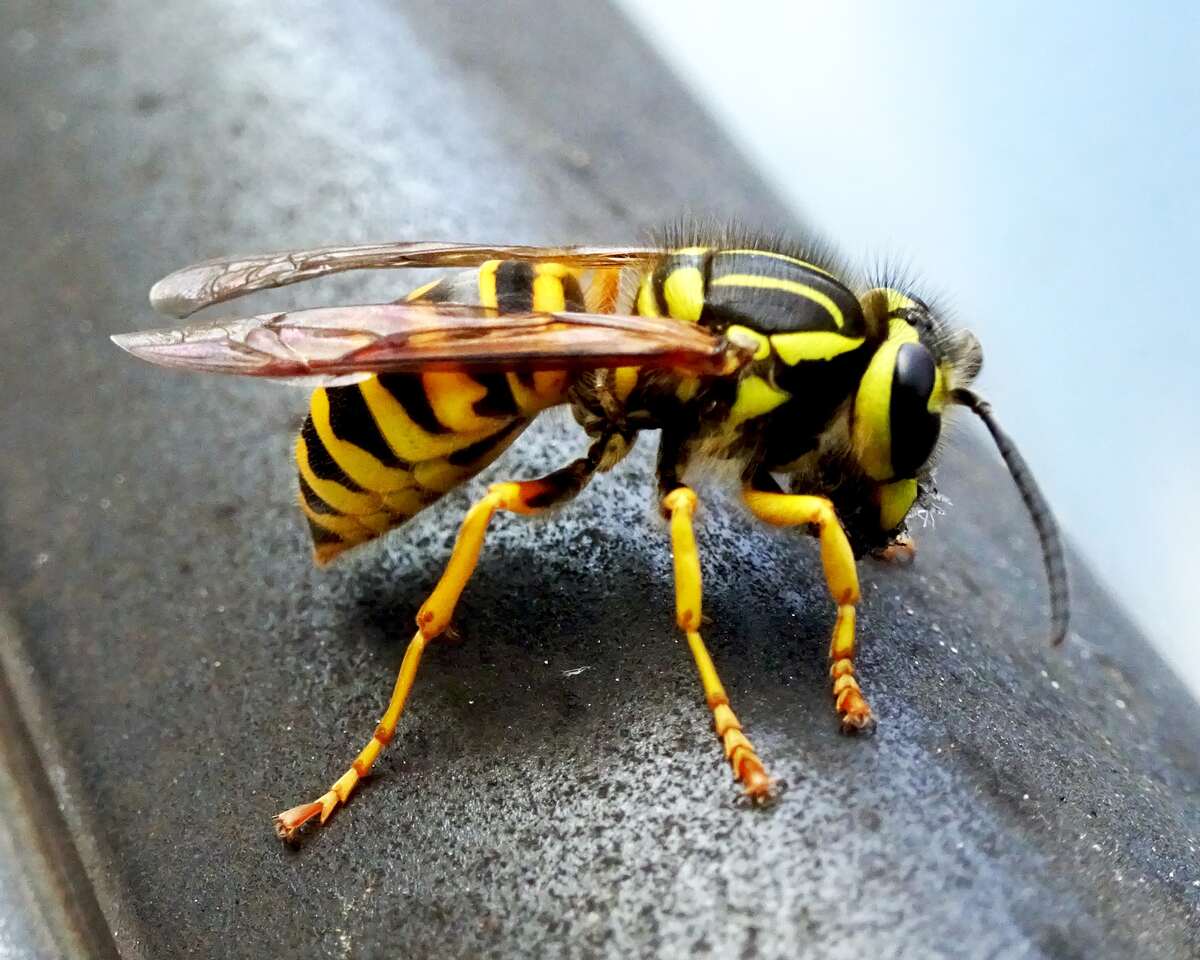
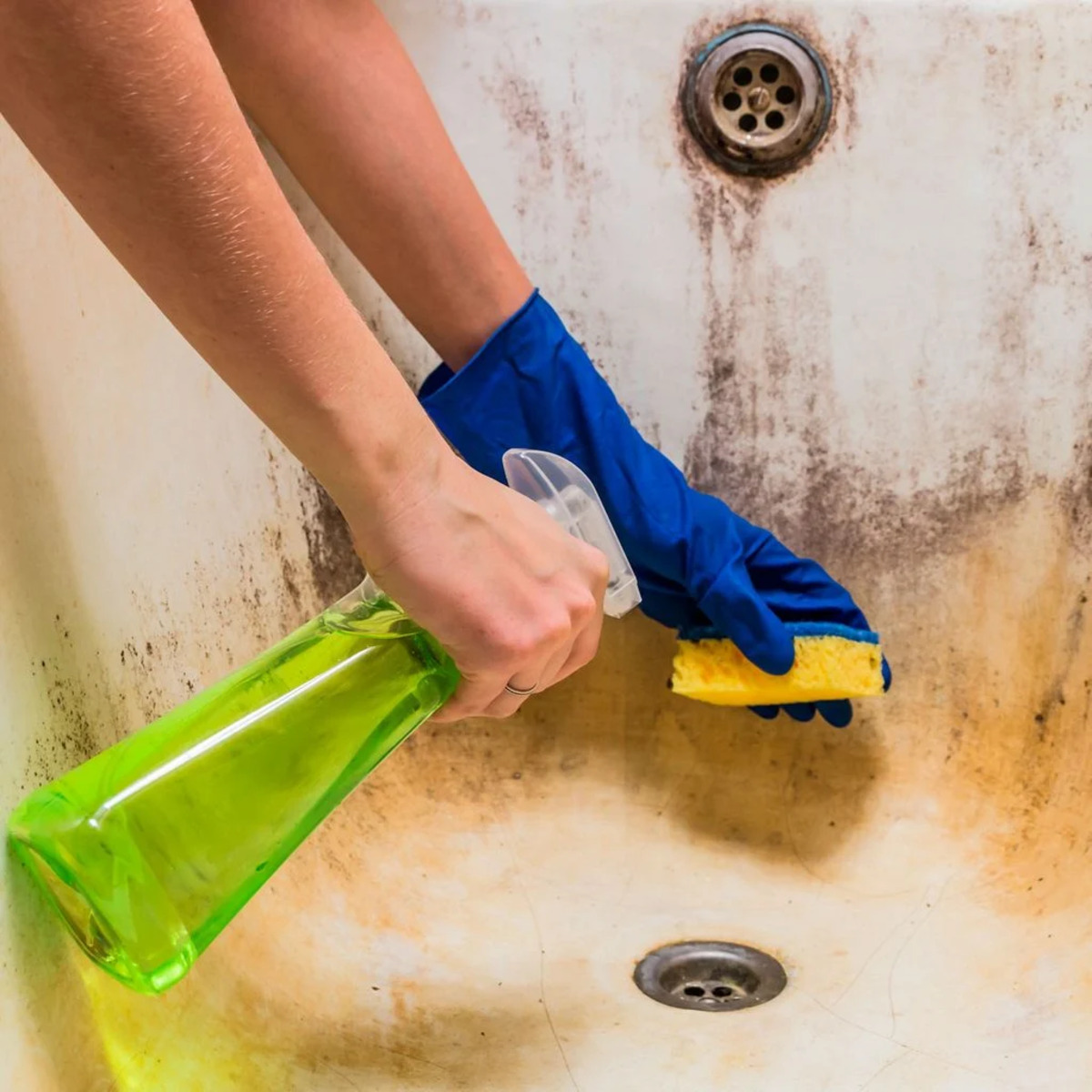
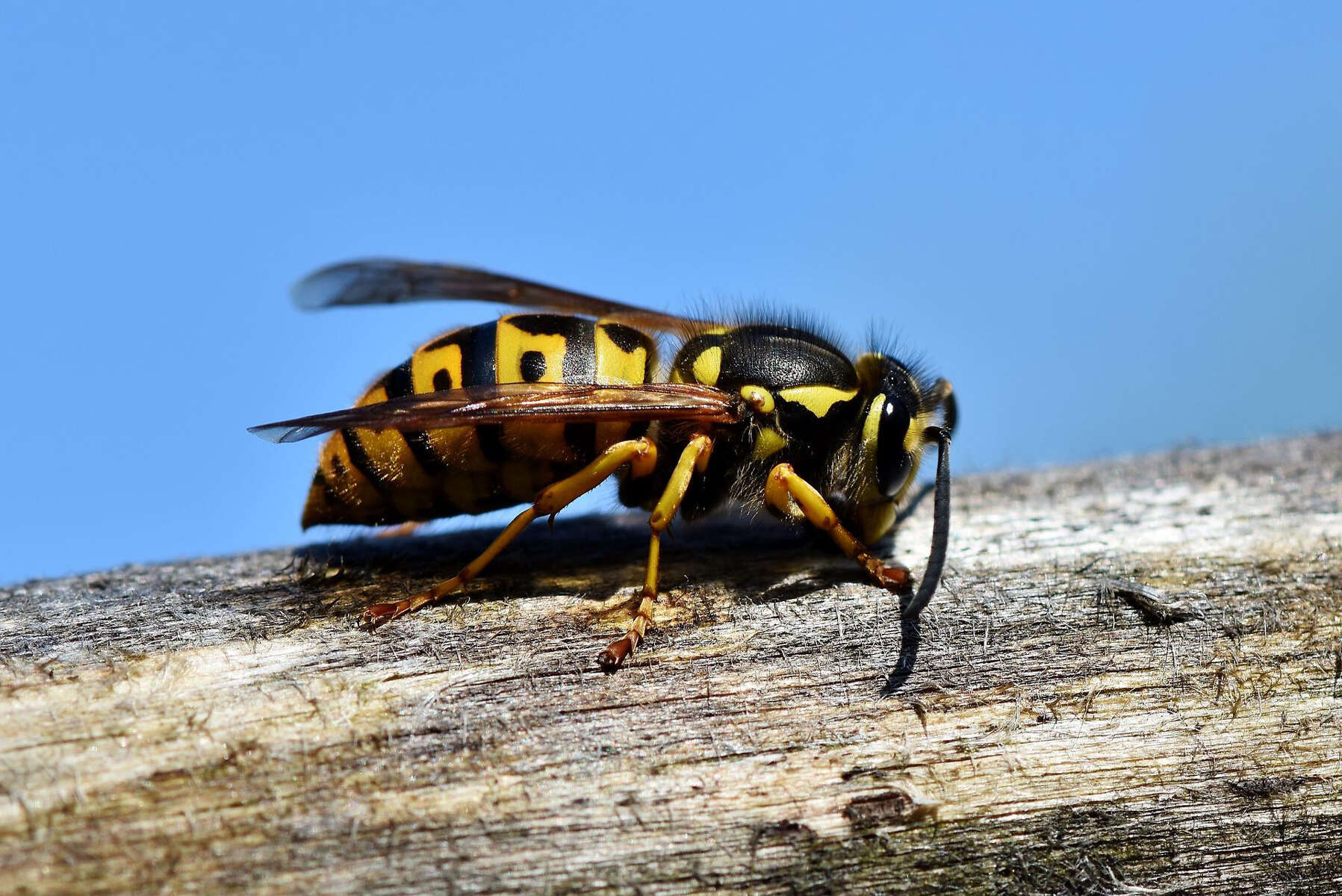
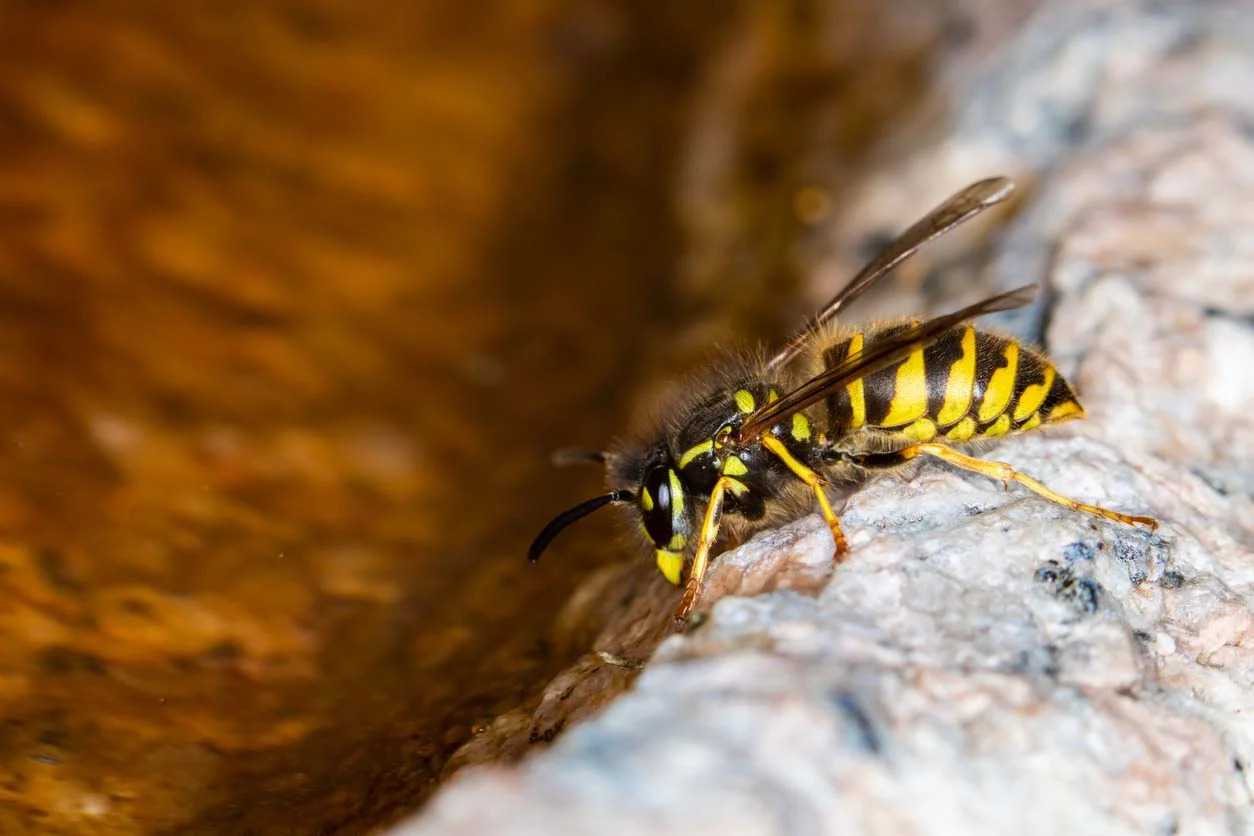
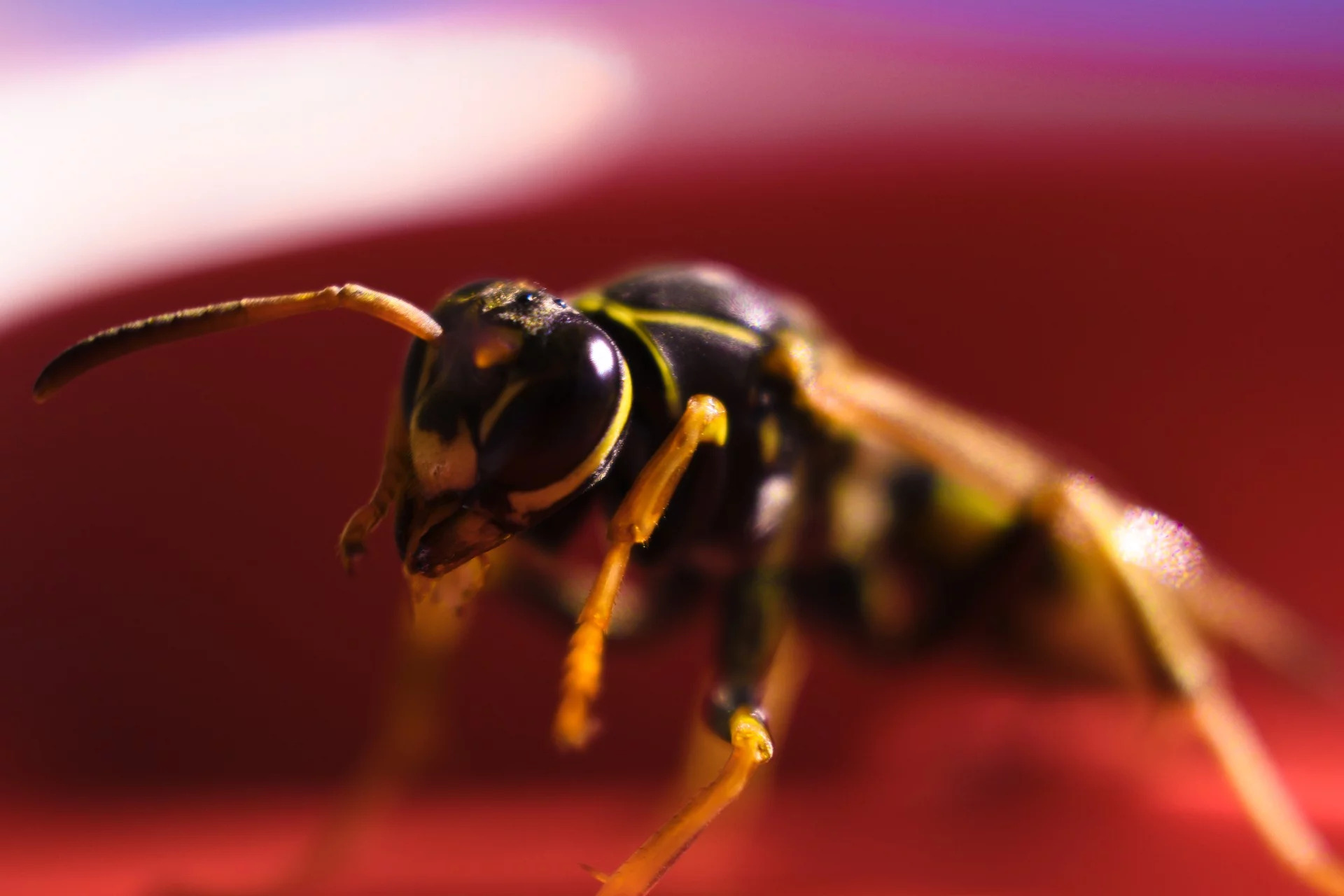
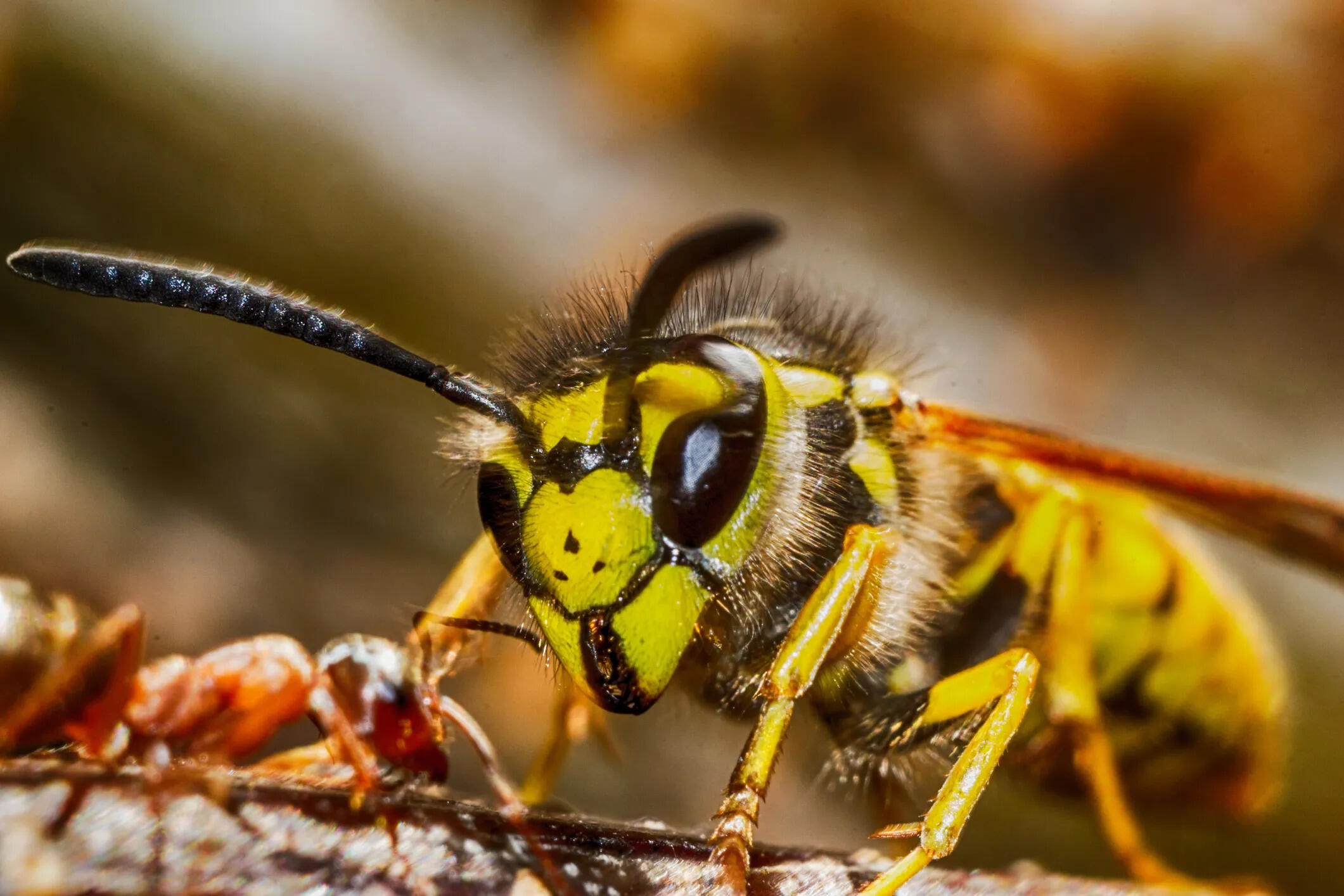
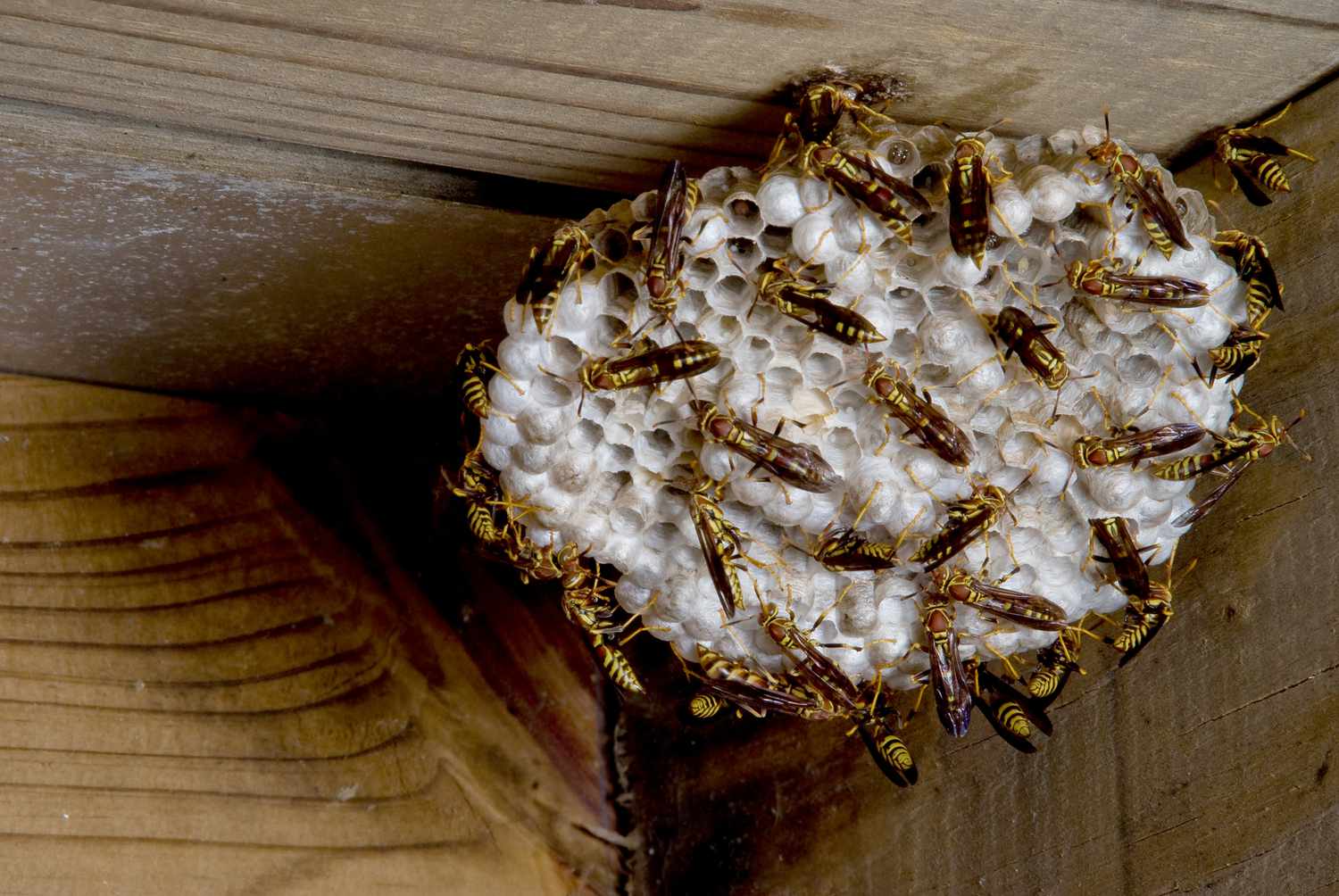
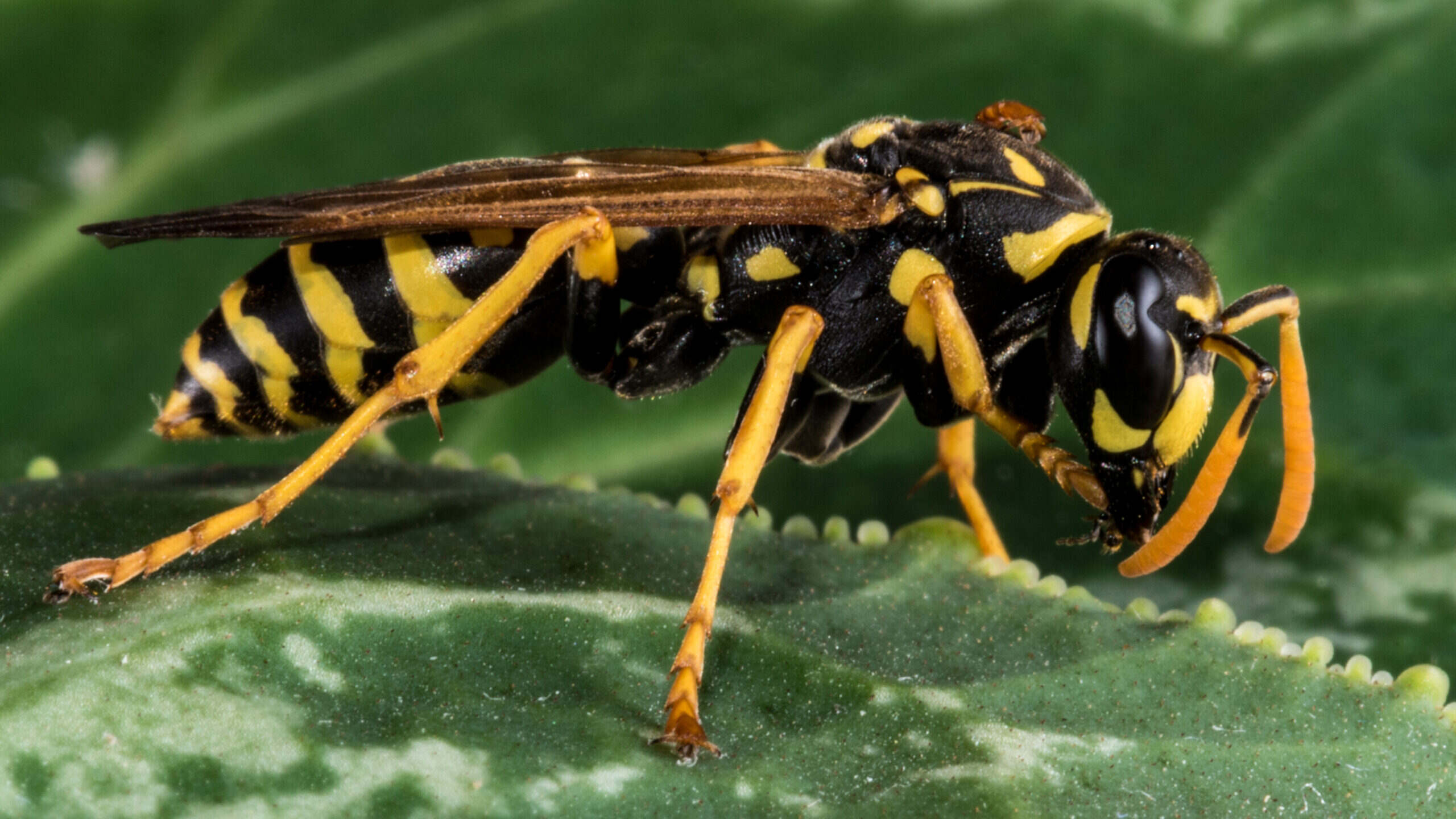

0 thoughts on “How To Get Rid Of Yellow Jackets?”